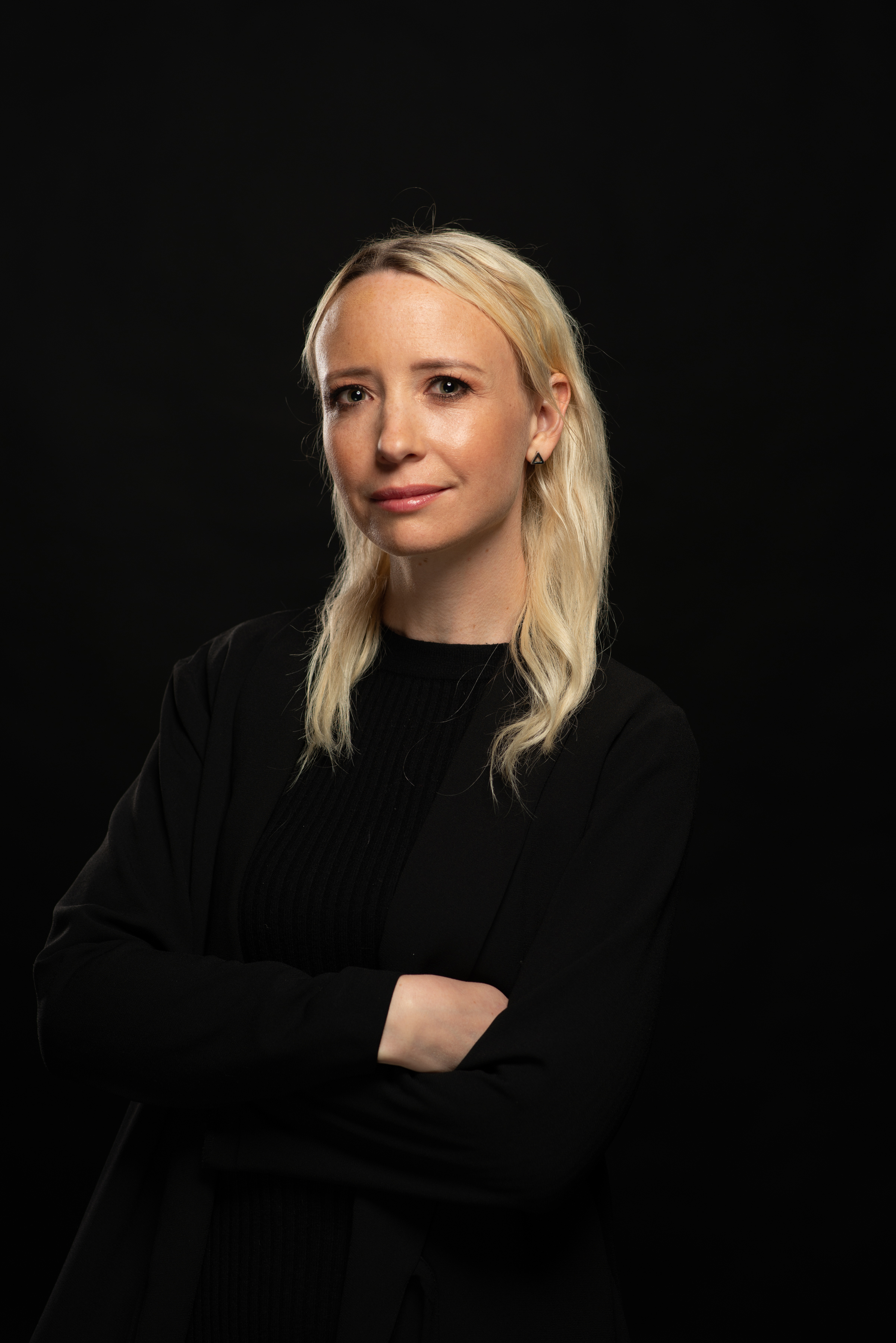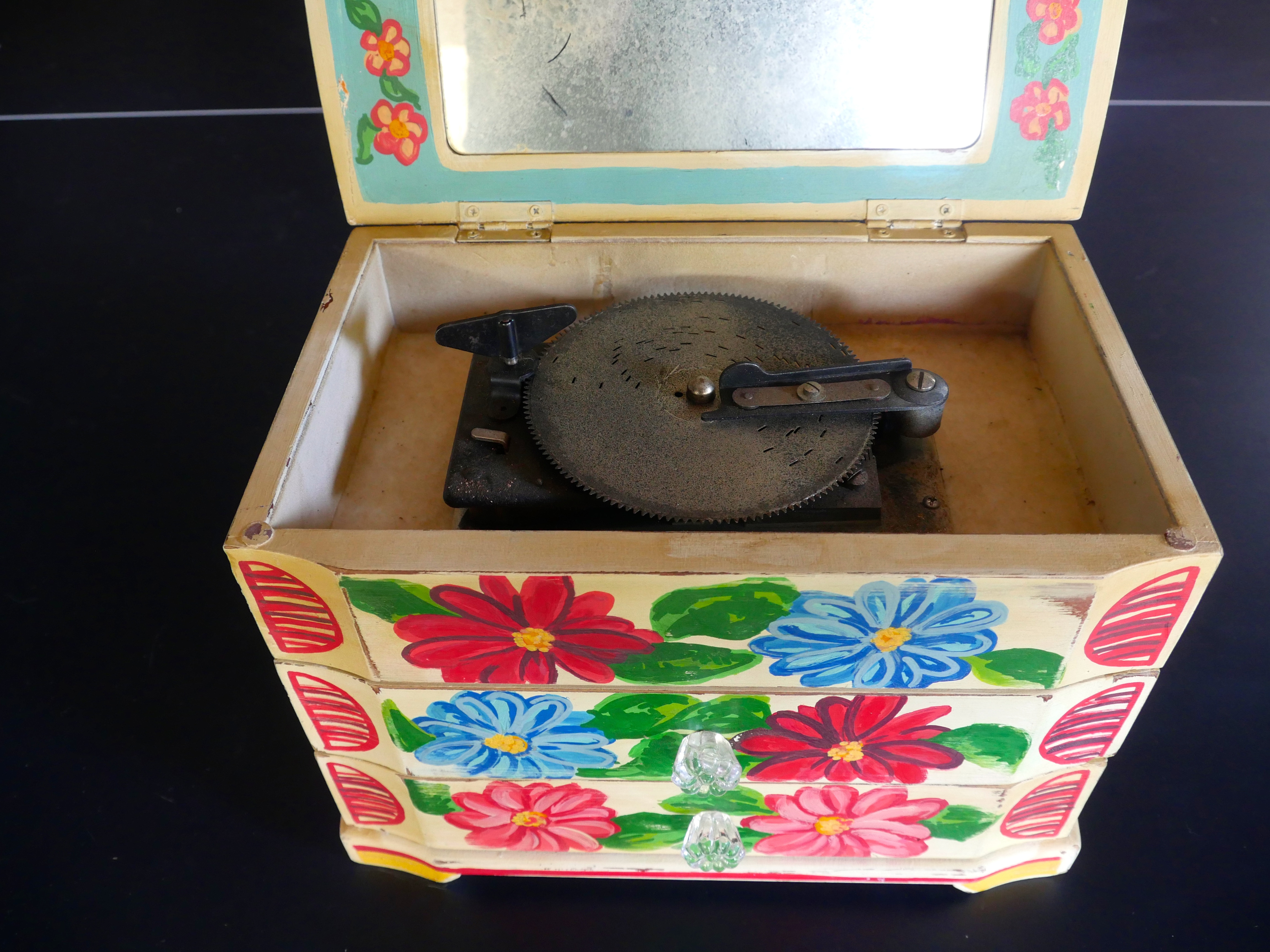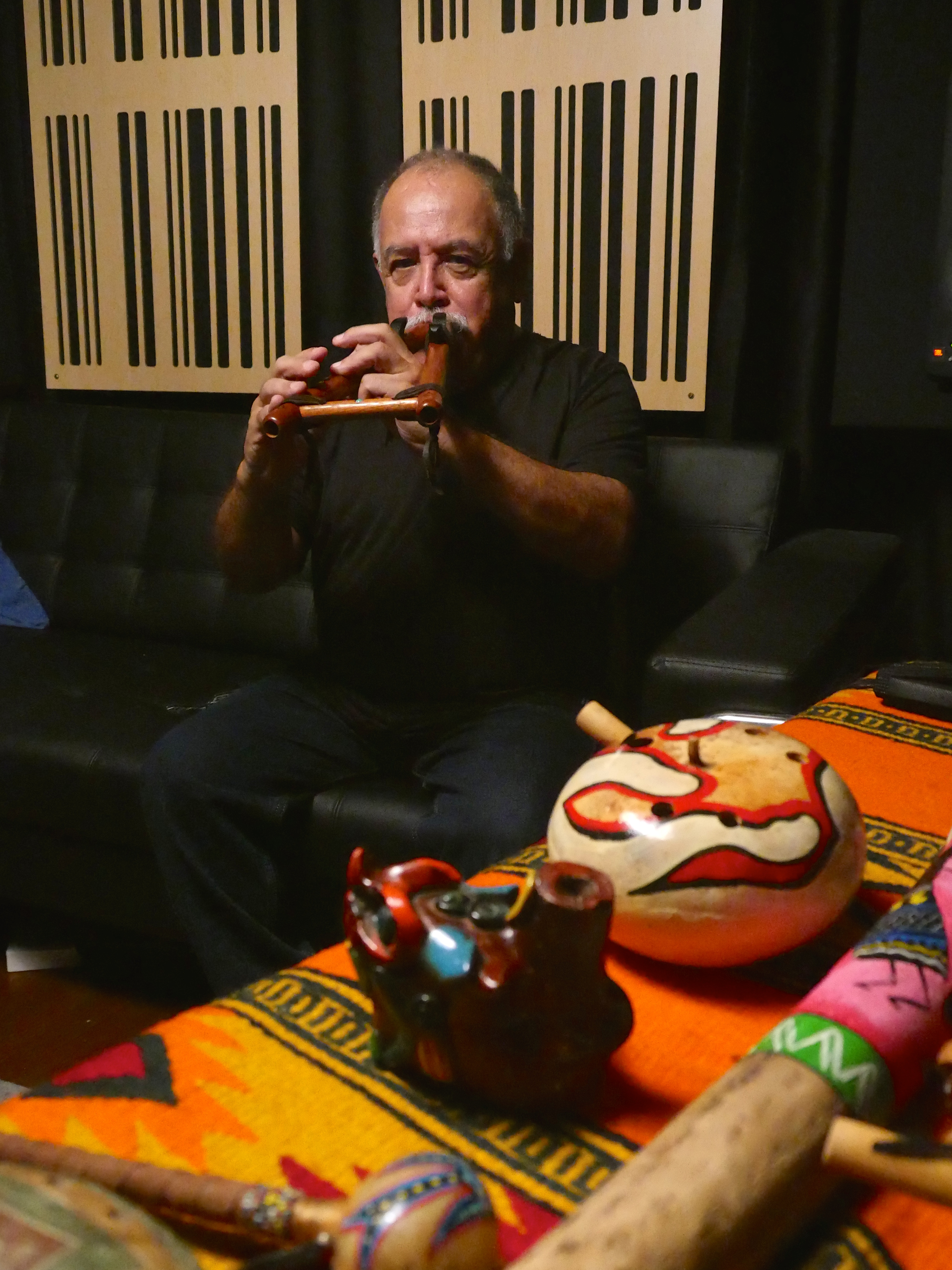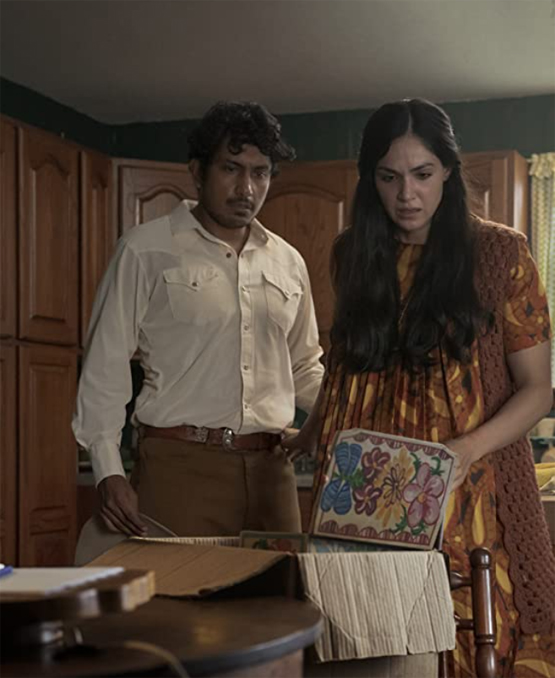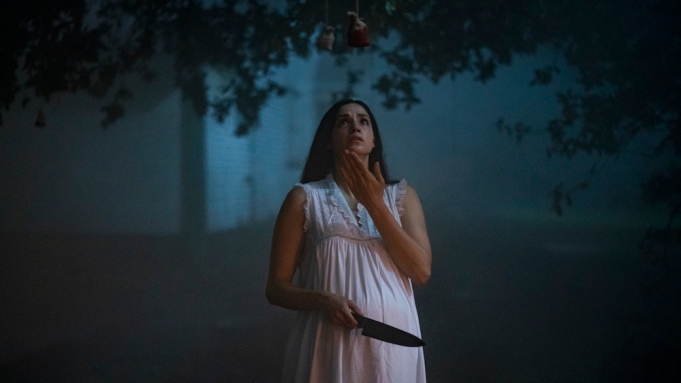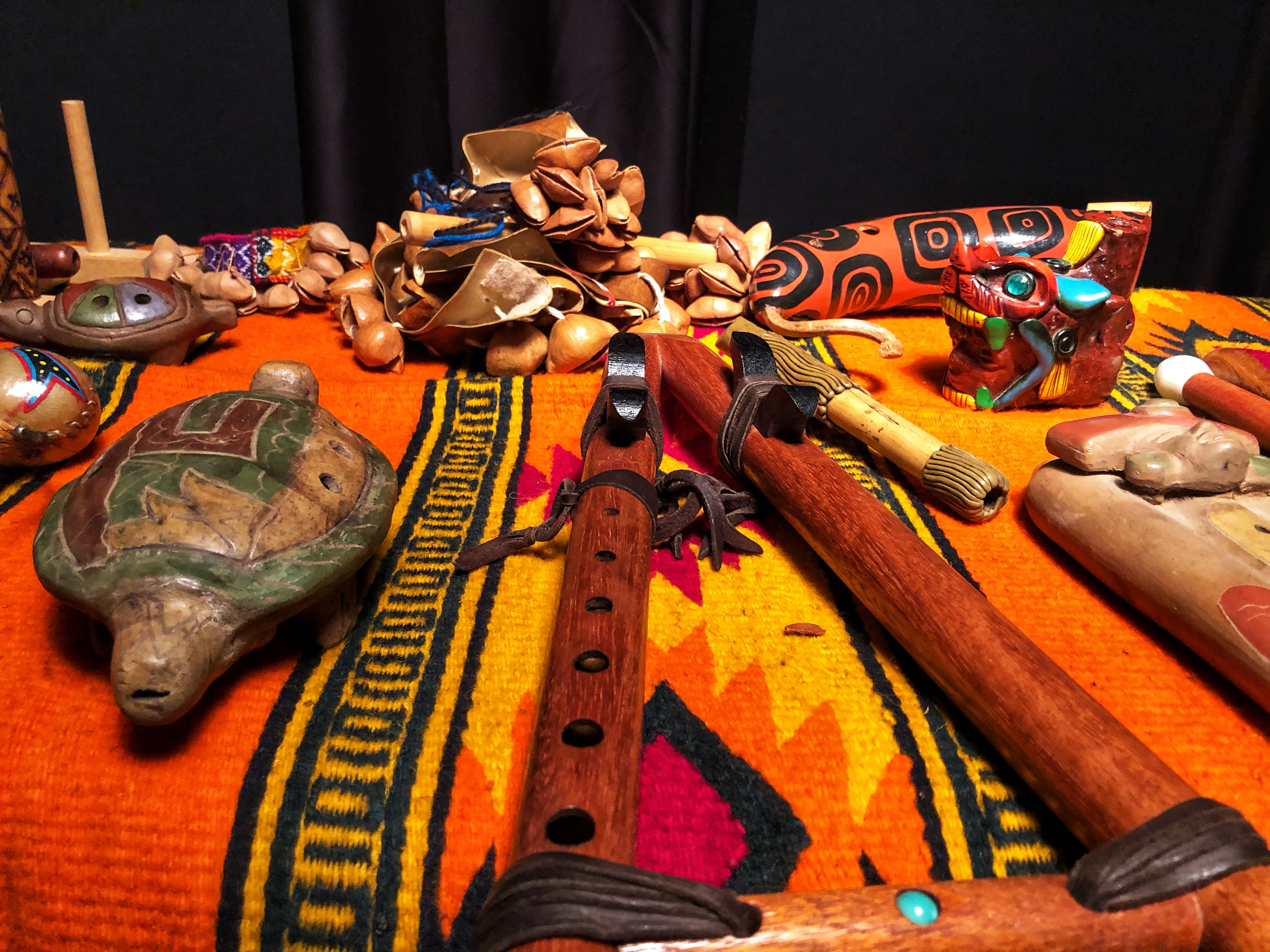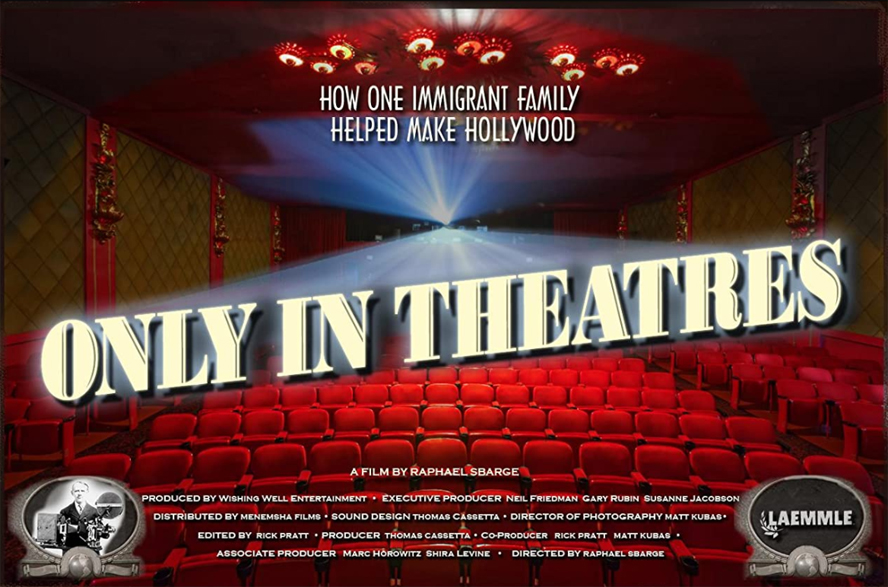October 13, 2021
Fear Grows Inside: Scoring MADRES:
An Interview with Composers Isabelle Engman and Gerardo Garcia Jr.
Interview by Randall D. Larson
Beto (Tenoch Huerta) and Diana (Ariana Guerra), a young Mexican-American couple expecting their first child, move to a small town in 1970’s California where Beto has been offered a job managing a farm. Isolated from the community and plagued by confusing nightmares, Diana explores the rundown company ranch where they reside, finding a grisly talisman and a box containing the belongings of the previous residents. Her discoveries will lead her to a truth much stranger and more terrifying than she could have possibly imagined.
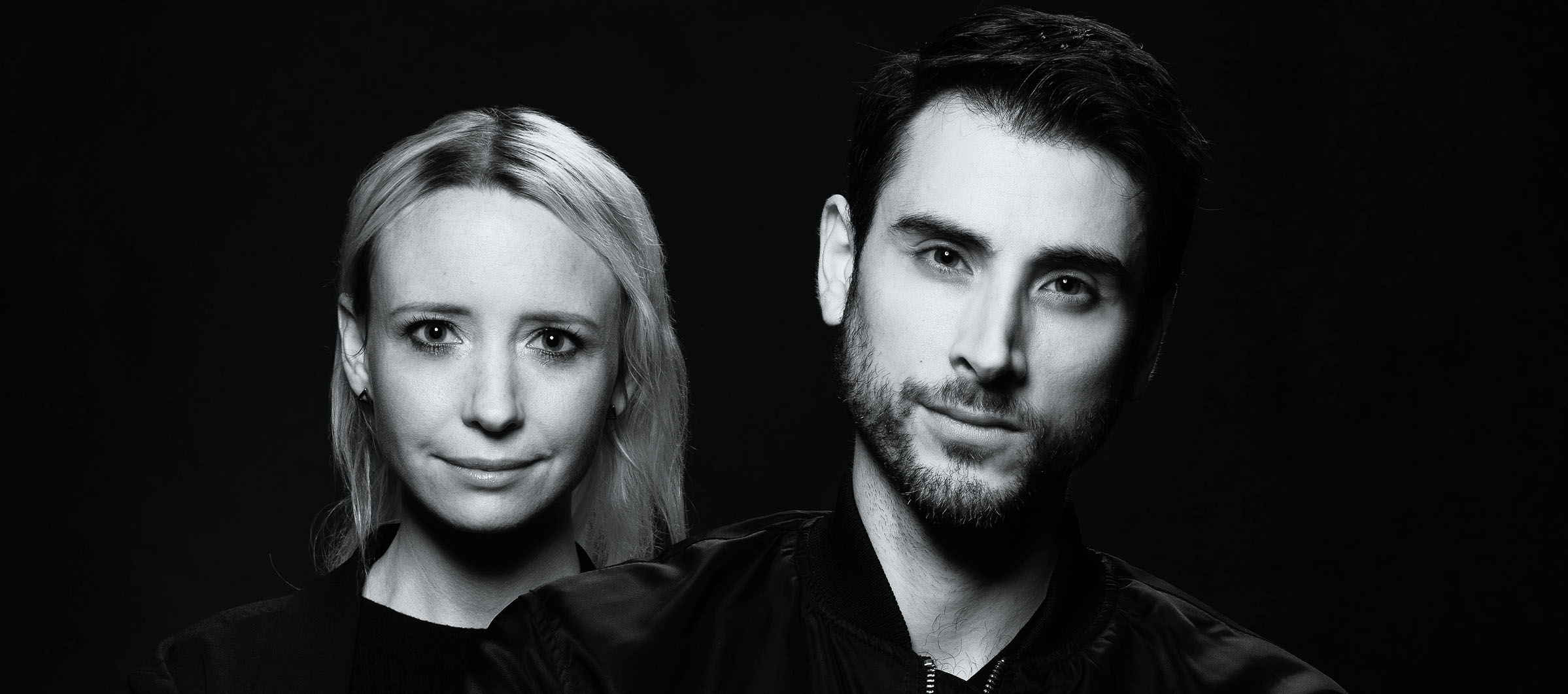
Isabelle Engman and Gerardo Garcia Jr. are the composers behind Amazon Studios and Blumhouse Productions’ new folk-horror release, MADRES. Isabelle isa Swedish composer established in Los Angeles. She has a long experience in composing and producing music for multiple projects – films, video games, TV, commercials and trailers, and works with any music genre (orchestral to electronic). She often blends her minimalistic Scandinavian sound with orchestral and modern scoring. She experiments and creates her own sounds whenever she gets the opportunity and works a lot in the area of sound-music design as well. Gerardo is a Texas native with a Bachelor’s degree in Music Composition from The University of Texas at San Antonio. After graduating, Gerardo has been working as a freelance composer for film and other media. His music has been showcased in numerous short films making the festival rounds, as well as TV commercials and radio ads.
The film, directed by Ryan Zaragoza (known for the shorts BEBÉ and STERLING) in his feature film debut. Engman & Garcia have utilized indigenous Aztec instruments to create a haunting, lyrical composition that acts as its own character in the film. The eerie score is driven by the melody of the music box, which is an in-world prop and was specially made for the film – it features an original tune by the pair. The majority of the project’s cast and crew is Mexican-American, including Garcia, who’s deeply honored to be a part of a project that supports his cultural roots. MADRES, developed and produced by Blumhouse Productions, was released on Amazon Prime on October 8th.
Watch the trailer for MADRES:
Q: How you get started in writing music for film?
Isabelle Engman: I started to play piano when I was very little. I was born without my left hand so I was kind of limited when I played. I started to rearrange my piano and that’s how I came into composing and arranging. Then the film interest came a bit later.
Gerardo Garcia Jr.: We both got a nice boost when we got accepted for the screen scoring program at USC. We did that back in 2014, and graduated in 2015. We both had a love for film music before that, and so after getting our degrees in composition and music studies, we both independently set our sites for film music. We ended up in L.A. at the same time, so we began working together.
Isabelle Engman: It’s such a good combination. We met at USC – I came here to study and we were in the same class in the scoring program. We just started to collaborate at USC on some student films and we noticed that we really complemented each other. He comes from a completely other kind of background than me, so we’ve enjoyed working together and continued to do so after school.
Q: What advantages has that given you over numerous projects you’ve worked on together?
Gerardo Garcia Jr.: So much! I will start with saying that the nice thing about having a composing partner is, because it’s such a solitary job, that we’re constantly communicating and talking to each other, sending each other work and giving each other feedback. That makes the whole process much livelier and happier! One of the benefits of composition is you have two heads – we each have our strengths. I can hear something she can’t, she can that I can’t. Additionally, I’ve learned from her in production – she’s very good with producing high quality music, in terms of the sound and the specs of software and all that, and so I learn a lot from her in that sense.
Q: How would you describe your technique of collaborating together?
Isabelle Engman: It all depends on which genre it is. We know where our strong sides are, so we always start to work out the theme. We create the theme together and once we have that, we know what to do, composition-wise, and then I always lean into the creation of the soundscape. I come from a more experimental background; I like to sample sounds and create my own sounds, and Gerardo is more of a classic, Hollywood composer, if I can say it like that. So we meet in the middle, so to speak. It’s a very natural flow.
Gerardo Garcia Jr.: We both talk about the sound. We do spotting sessions with the filmmakers, and then we decide that a certain scene draws me in and I’ll start to work on it. We both start independently – we’ll think of an approach and we’ll start coming up with content individually, and then we start sending that to each other and asking “what do you think about this?” From there we both determine the scenes that we’re going to assign to each other. We’re very mindful of revealing things and making sure that it’s cohesive and it all sounds like it’s from one composition world. Sometimes it’s just very simple, as ‘Hey, I wrote these lines with a simple MIDI,’ I send it to Isabelle and she’ll implement that into a scene, and vice versa. Or some times we’ll trade sounds and together make a pool of instruments and sounds that we’ll use for a film.
Q: So you generally work in your own studios as opposed to collaborating together at the same location?
Gerardo Garcia Jr.: Yes, we work in our own studios. Every once in a while we’ll get together in a studio or when we meet with musicians. Generally we’re just constantly sending each other files.

Q: How did you become involved with MADRES for Blumhouse Prods?
Isabelle Engman: We’ve worked with Ryan Zaragoza, the director, before, on STERLING, which was an HBO Access pilot, and also a short film called BEBÉ that was also on HBO. So we already had established a creative process and collaboration with him. We’re very synchronized and we understand what he wants. We’ll find creative angles, we’re exploring together – like for MADRES we were actually involved very early in the process. He asked us to write the lullaby theme early on. It’s very prominent throughout the film and the score, and is used both diegetically and non-diegetically. He needed us to create that first so he could bring it to the set. They actually made a custom-made music box that played the lullaby while they were filming, and it’s used in the film. So our collaboration is very creative and we’re usually involved early in the process. He always pushes us to expand our creative boundaries.
Q: What were your initial ideas for scoring the film and its spookier subtexts?
Gerardo Garcia Jr.: We’re both fans of the films PAN’S LABYRINTH and THE ORPHANAGE and their scores. Even though they’re haunting and scary, they’re also very beautiful and very melodic. We wanted to take that kind of approach for this film. Even in the tense and scary moments we were always led toward some kind of melodic sound. The initial lullaby theme was a big base for a lot of the music, and then, because of the subject matter of Mexican folklore, we hired Ralph Torres, so we would have a foundation from his instruments and his playing, and we used that along with lyrical lullaby-led themes.
Isabelle Engman: Most of the cast and crew of the film is Mexican-American, and we knew that we wanted to try to find Mexican musicians. We found Ralph Torres, who is a multi-instrumentalist musician and he had some indigenous Mexican instruments that we used in the score. He recorded things like Mexican flutes, a death whistle, and Mexican drums. We didn’t want it to sound conventional, so we had him record a lot of flutes playing long notes and very eerie sounds, which we then processed a lot – like warping the sounds so you could barely hear that they were flutes; sometimes they were more like breathy atmospheric soundscapes. We wanted to use them in a more unconventional way.
Q: How is the music box melody used to create a haunting motif for the film?
Gerardo Garcia Jr.: It’s very prominent in the film, and we thought about making it a very central character in the music. That made the music box become even more central in the film. We gave the lullaby a bit of a Mexican folk feeling to it – low and haunting; it sounds like a tragic woman’s song. It’s historical – there are generations of women in the story and that guided the feel of the melody, and then from there when scenes had to do with the music box, that was the melodic source for those scenes.
Q: How did you go about creating a sense of horror or fear in this particular storyline?
Isabelle Engman: We took a more unconventional approach, because the score is very thematic and melodic. It’s not a typical kind of scary score. So we were very influenced, like Gerardo mentioned, by THE ORPHANAGE and PAN’S LABYRINTH, which are both very thematic throughout. They’re more like ghost stories, and even in the more dissonant cues we actually interweaved the themes into that. For example, I hummed the lullaby and then slowed it down so much that it became like long, dissonant notes. So we even have thematic references even in the most dissonant sounding cues.
Gerardo Garcia Jr.: We used two primary musical elements. There’s the lullaby, which comes in when the scenes are tied to the music box or the character who’s associated with the music box, and then there’s the story theme, which is first used in the title credits and then becomes associated with the town and the mysteries that are being revealed there. There’s also a secondary theme for the main character, the pregnant mother.
Q: What other elements were part of your musical palette for the film?
Gerardo Garcia Jr.: We had a couple of sound designs… we took samples from string players, a lot of scratching, creepy sounds, and then software from Native Instruments that became a foundation for sounds. A lot of airy, atmospheric sounds.
Isabelle Engman: It’s string-based and vocal-based. We also have vocals for the lullaby. The palette is orchestral but string- and vocal-based.
Gerardo Garcia Jr.: I will easily say that Isabelle is better with the more intense, scary music. I took a lot of the character and melodic things, and then she did the more intense scenes.
Q: The film is horror but it’s given more of a softer touch except where maybe you needed to bring in a scare or something like that. How would you describe scoring a horror film in that manner?
Gerardo Garcia Jr.: We didn’t want to over indulge with too many jump scares. They lose their effect if you do that. There are only a few in the film, which is styled around longer shots versus quick scares. That allowed us to have more flowing, continuous music that led to being more melodic. Horror films are often less on melody and many times on atmosphere and the scares. With MADRES, they gave us the space for our music to be a little more lyrical.
Q: What have been your significant influences when it comes to writing film music?
Isabelle Engman: I’ve been very influenced by Bernard Herrmann from the start. He just had these very distinct, original film scores and was kind of ahead of his time. I’ve always been drawn to these more innovative composers like Stravinsky, those who push the limits and create something new. That’s always been my biggest influence. Gerard and I have a lot of mutual inspirations, too, like, for example, James Newton Howard is a big influence.
Q: How did you divide up this score, as far as working together, and how you brought your own individuality into this project?
Isabelle Engman: We both had a chance to work with our strongest assets. I think the score is a more classic film music score. Gerardo is extremely good at melody, and I come from the more aleatoric sound experimenting direction. So we felt that we could combine that. But of course he works with soundscapes too and I work with the more traditional scoring too, so we do cross ways, but we meet in the middle. Our different backgrounds allow us to use very wide pallets.
Q: What’s been most unique for you about scoring this film?
Isabelle Engman: The story is based on a true story, I just love the fact that the cast is Mexican-American, and Gerardo is Mexican-American too. He found this project very personal, to bring these voices together to create this film, and also the collaboration with Ryan is very dear to us. I feel like we were very synchronized in our creative vision for the project. It was a very special project for both me and Gerardo.
Gerardo Garcia Jr.: I think it was the combination of working with Ralph and creating the soundscape from his instruments and from string instruments, and putting it all together with this music box lullaby theme. Just having a physical visual prop like that music box being such a central musical “character.”
Q: I understand you’re now scoring a documentary ONLY IN THEATRES – are you able to say anything about this project?
Isabelle Engman: It’s about the Laemmle theaters in L.A., which are family run. You get to know the family and kind of what happened through the pandemic, and you get to follow Greg Laemmle, he’s the one who’s running the theater now. It feels great to be part of this. Our music is like a classic, minimalistic type of score.
Gerardo Garcia Jr.: A lot of people in L.A. are very familiar with the Laemmle Theaters chain so there’s a fondness for and a connection with this family. So it’s an intimate instrumental setting, just string quartet, piano, and clarinet. Very small and more minimalistic with a little bit of old Hollywood flavor, with the legacy of the Laemmle family.
Before that, we did a historical TV miniseries called STOCKHOLM BLOODBATH*, that needed a lot of music. It came out last winter. It was a Swedish production, a two-hour documentary, but they filmed it very cinematically, almost like a fantasy medieval epic, that had a full orchestration. They wanted GAME OF THRONES type music, which we loved to do. It was an interesting change to move from that to a string quartet!
[*The Stockholm Bloodbath was a trial that led to a series of executions in Stockholm between November 7-9, 1520. The event is also known as the Stockholm massacre.]
Thanks to Isabelle and Gerardo for taking the time to chat with me about their work and scoring process. We interviewed separately and then I combined their responses, with slight edits for clarity. Thanks also to Kyrie Hood of White Bear PR for facilitating the interview. – rdl



